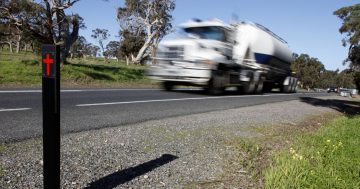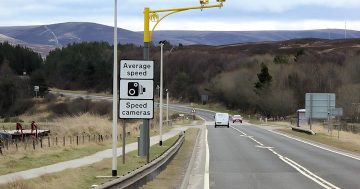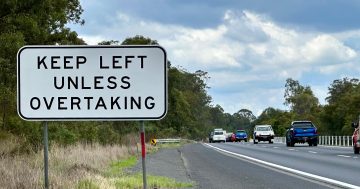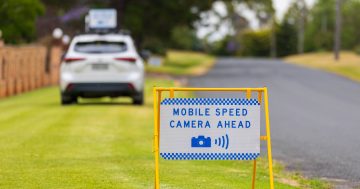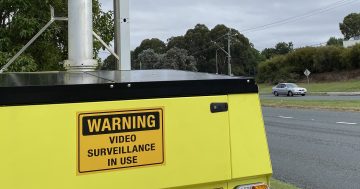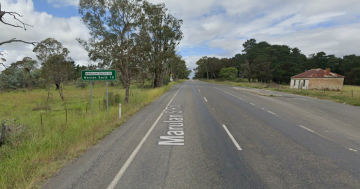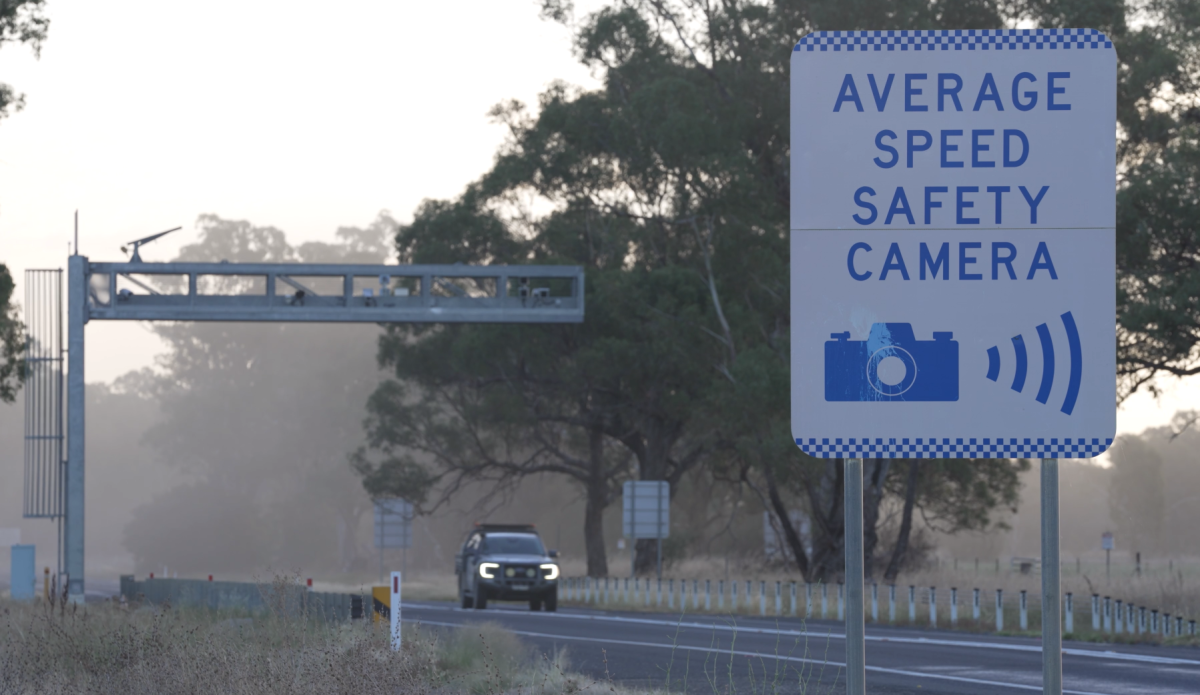
Penalties from the average speed safety cameras on the Hume Highway will start on 1 July. Photo: NSW Government.
If you’re caught speeding along the Hume Highway between Coolac and Gundagai you can expect to receive a fine in the mail after Tuesday (1 July).
The average speed cameras on the 16 km stretch have been measuring light vehicles for the past two months, with warning letters sent to offending drivers.
During the warning period, light vehicle drivers were only fined if they were caught exceeding the speed limit by more than 30 km/h.
However, after 1 July, all speeding motorists caught by the cameras will receive fines.
One in every 122 light vehicles were detected speeding during the first week of the notification period. This dropped to one in 194 vehicles (an improvement of 37 per cent) by the trial’s end.
Similar results were seen at the other trial site on the Pacific Highway between Kew and Lake Innes, near Port Macquarie.
This resulted in three fines from the Hume Highway cameras and nine fines from the Pacific Highway stretch.
Roads and Regional Transport Minister Jenny Aitchison said NSW was the only jurisdiction that limited the use of average speed cameras to heavy vehicles and the notification period showed using the cameras for regular vehicles could help to lower road trauma.
“The initial indicators from the warning period are promising, with a significant reduction in speeding at both trial locations,” she said.
“Overall, we’ve seen a 45 per cent decrease in light vehicles speeding over the first seven weeks of the trial. It’s good to see driver behaviour improving before we switch to enforcement mode.”
For the next 12 months, all drivers caught speeding by the average speed cameras across the two trial locations will receive fines.
All other average speed cameras in NSW will continue operating as normal.
Some critics have slammed the trial as government revenue raising, but Ms Aitchison insisted this was about making NSW roads safer.
“Speed limits are set to ensure motorists travel at a safe and appropriate speed for the surrounding road environment. When the unexpected happens on the road, the speed that you’re travelling at matters,” she said.
“Speeding contributes to around 42 per cent of road fatalities every year and so far this year, speeding has contributed to 33 per cent of all road fatalities. That’s 59 lives lost due to dangerous driving behaviour, just this year.
“Last year, we committed to investigating ways to lower road trauma at our Road Safety Forum, including trialling the use of average speed cameras for light vehicles.”
All fines from camera-detected offences go into the Community Road Safety Fund.
Heavy vehicle average speed enforcement will continue as normal at both locations.








